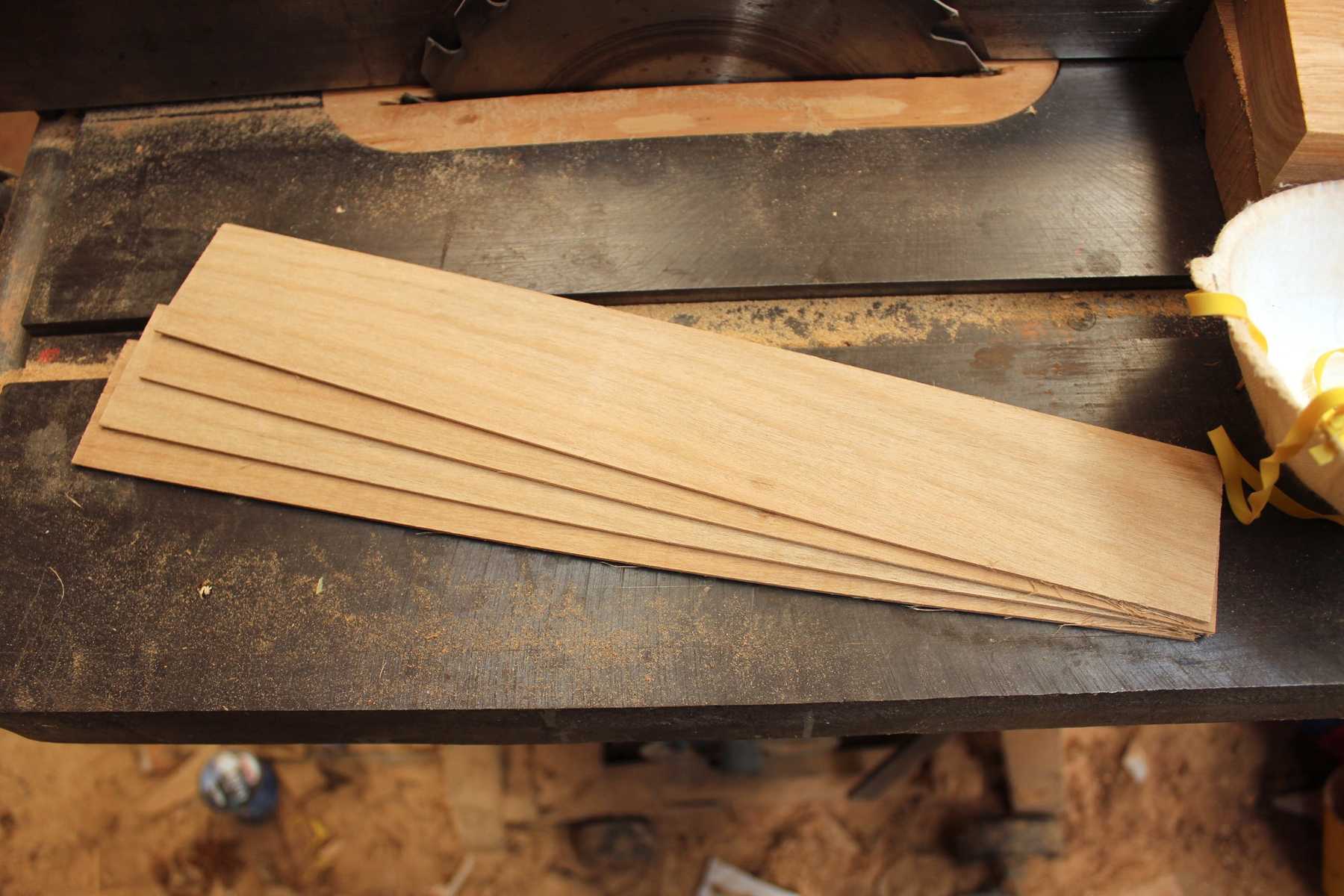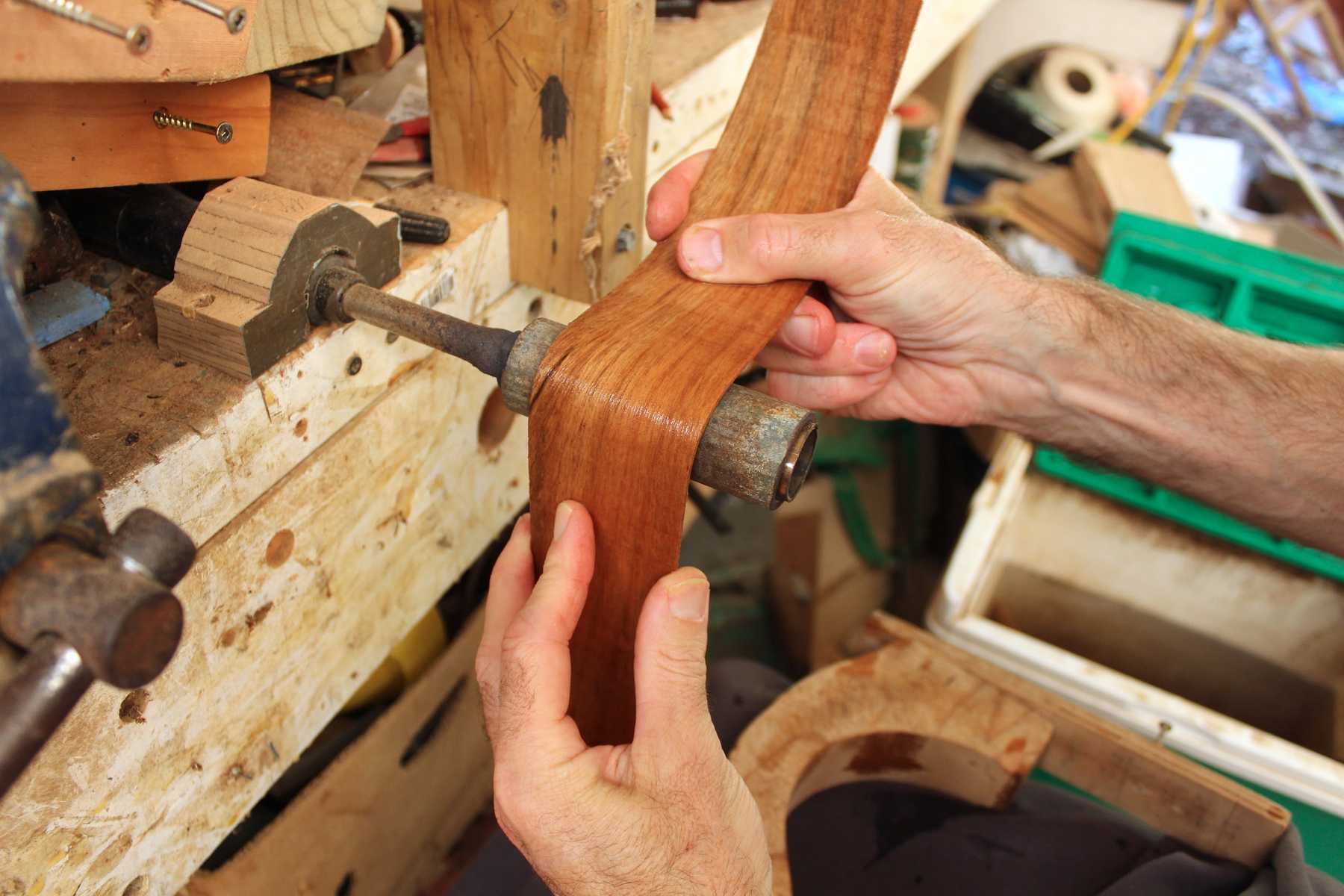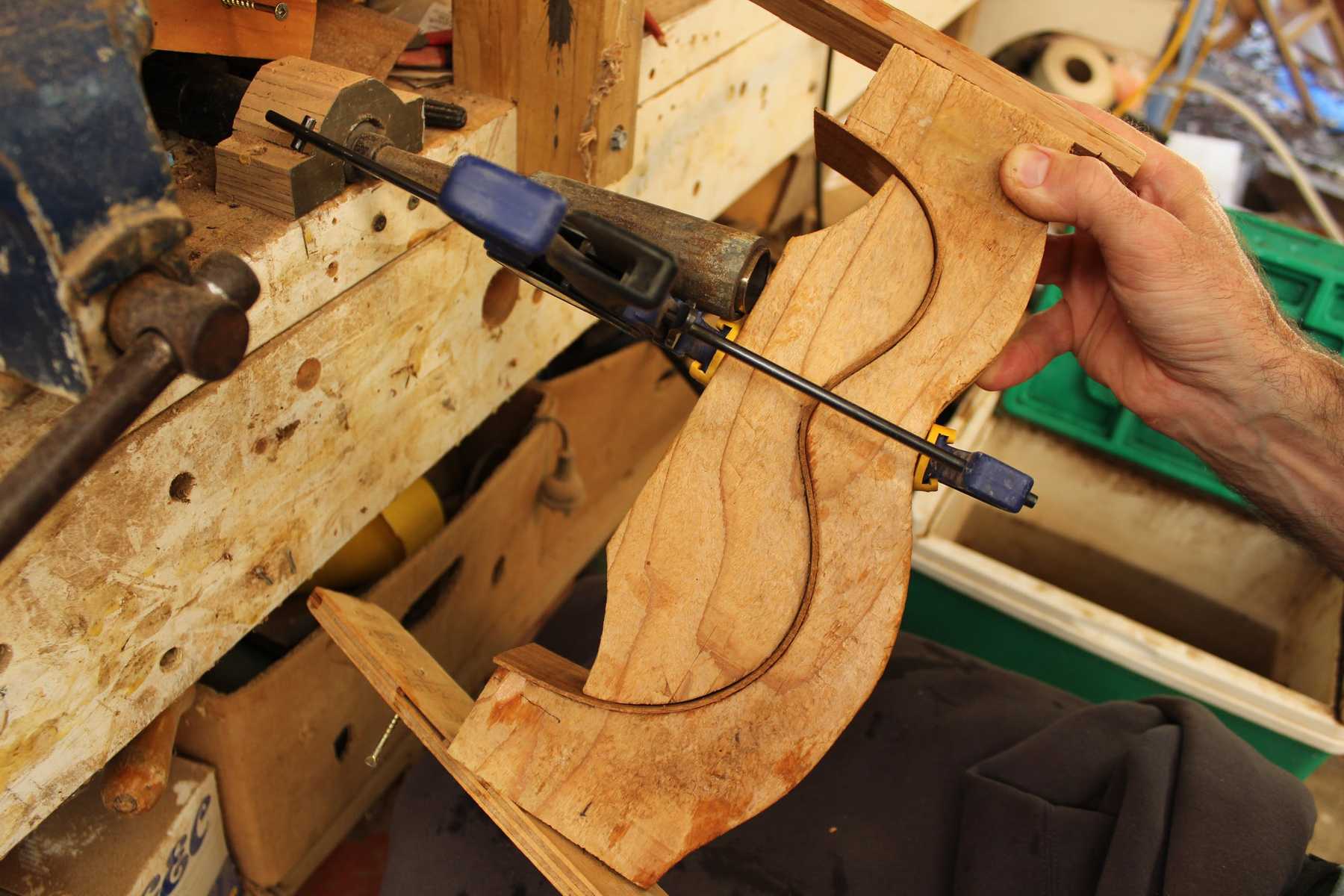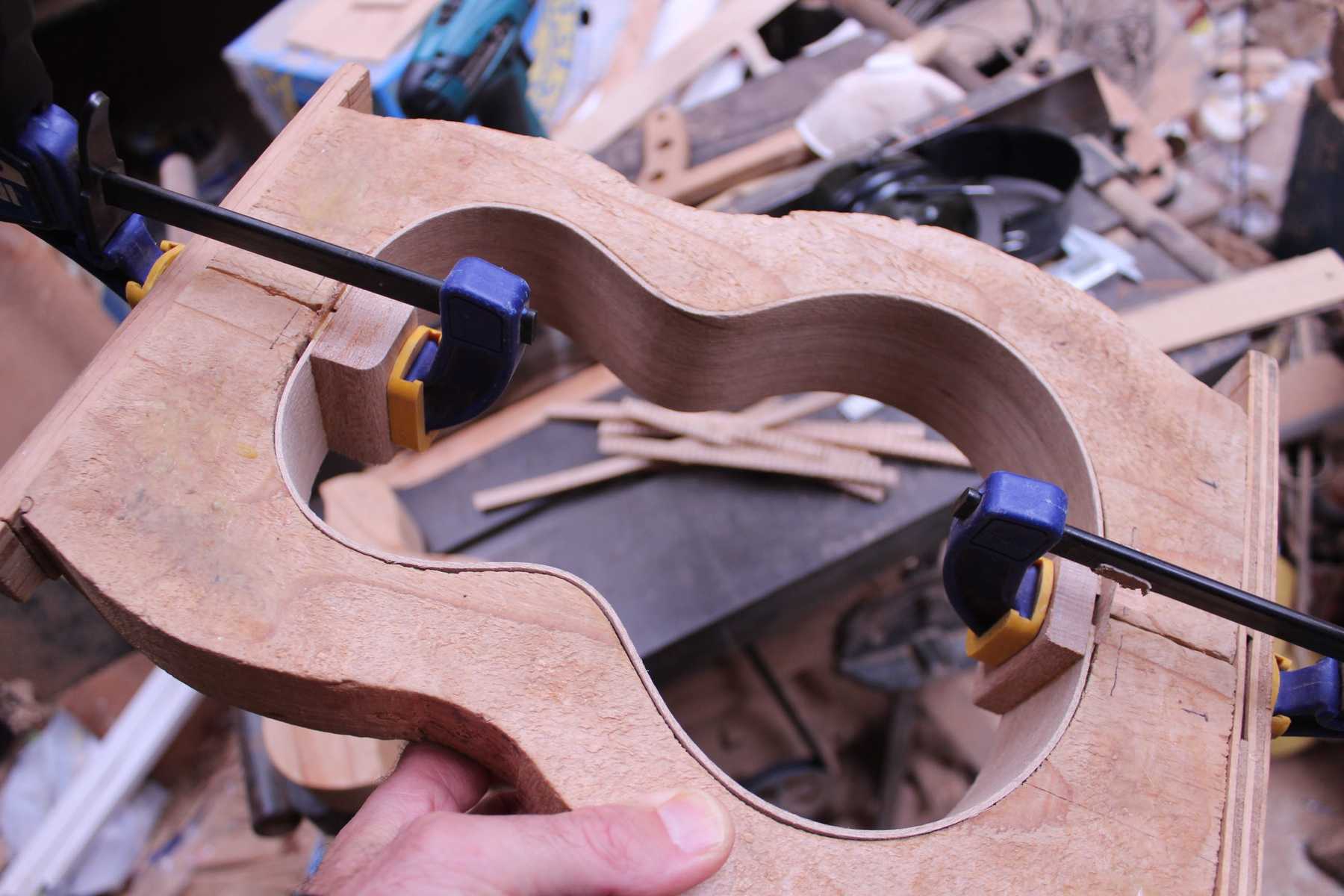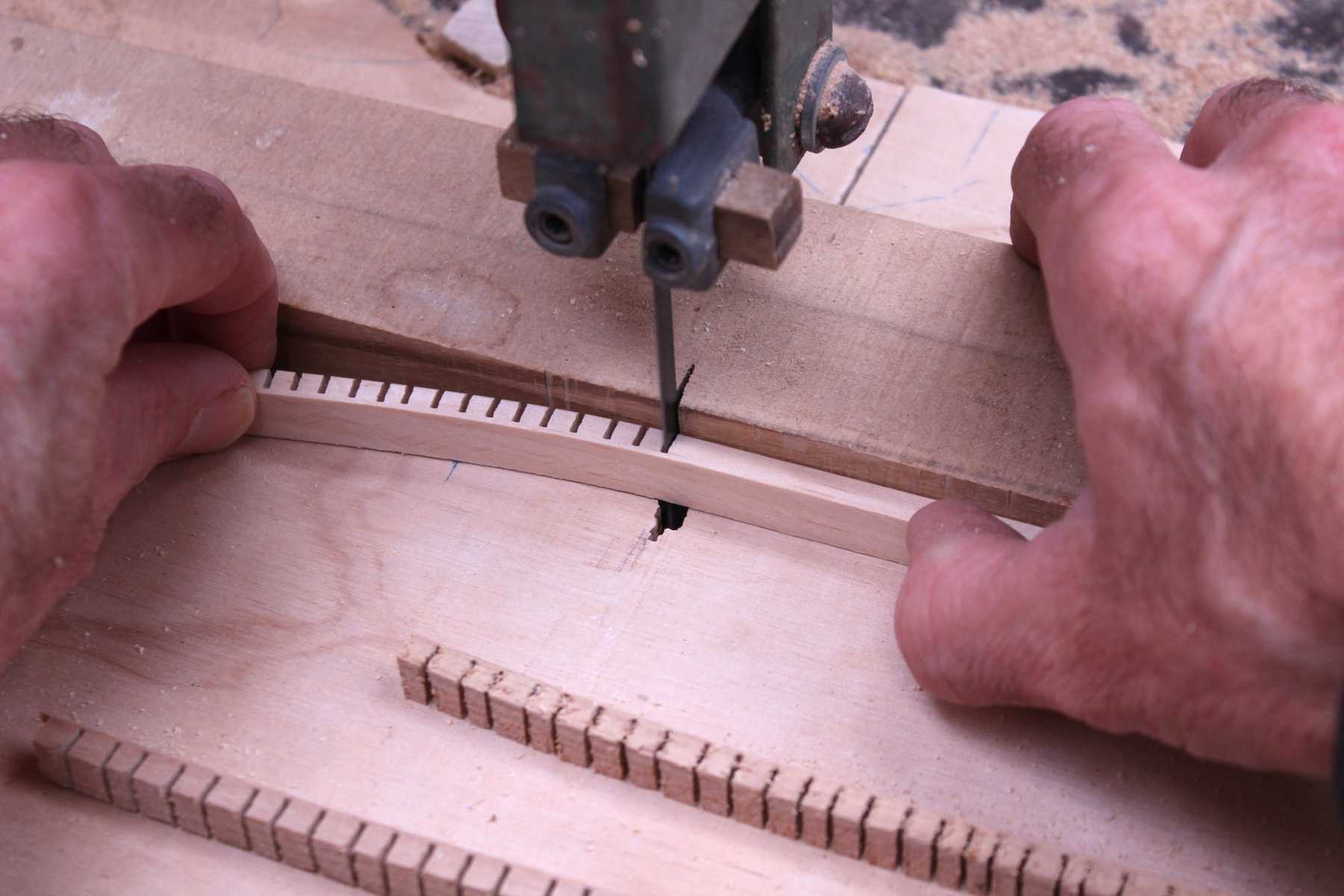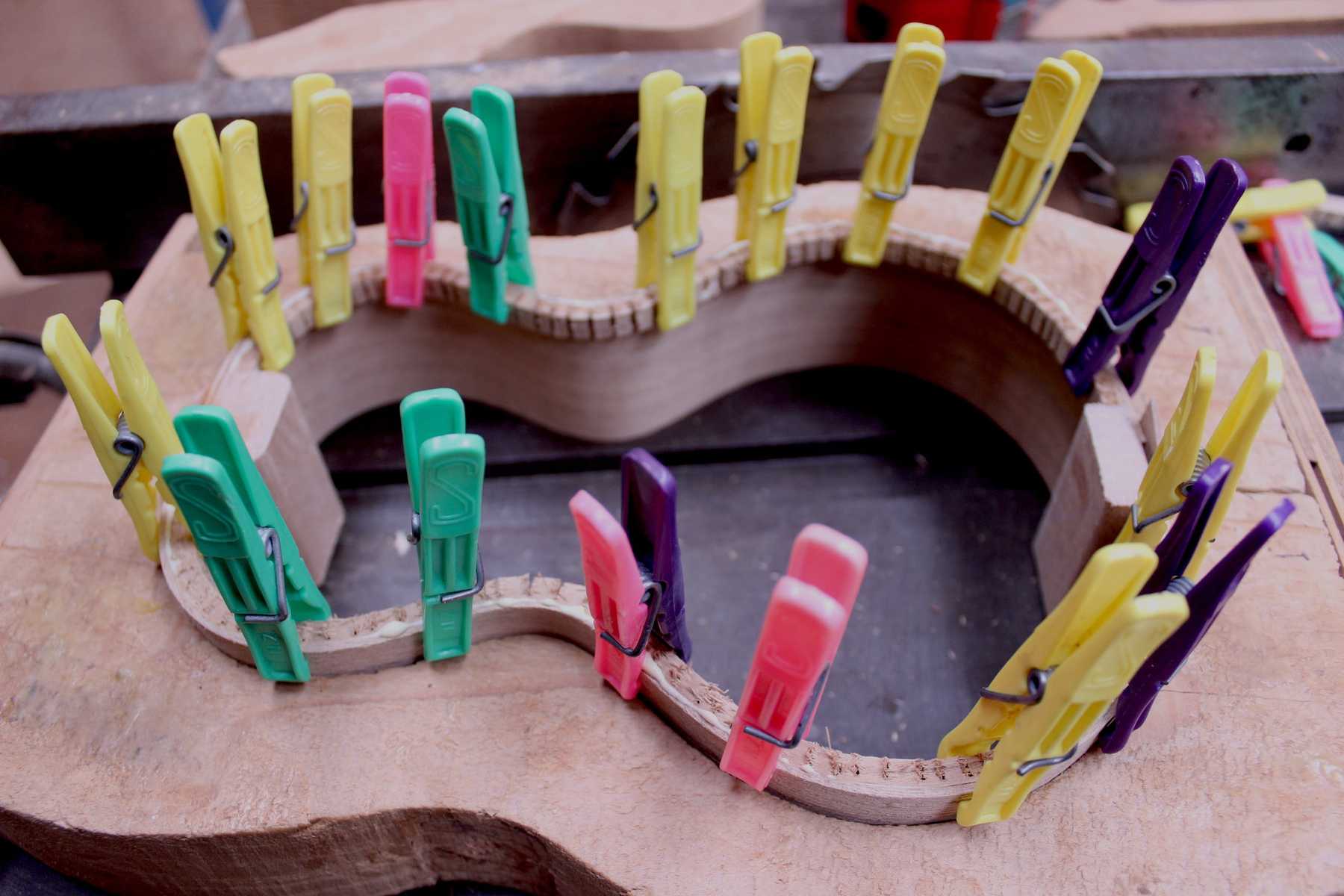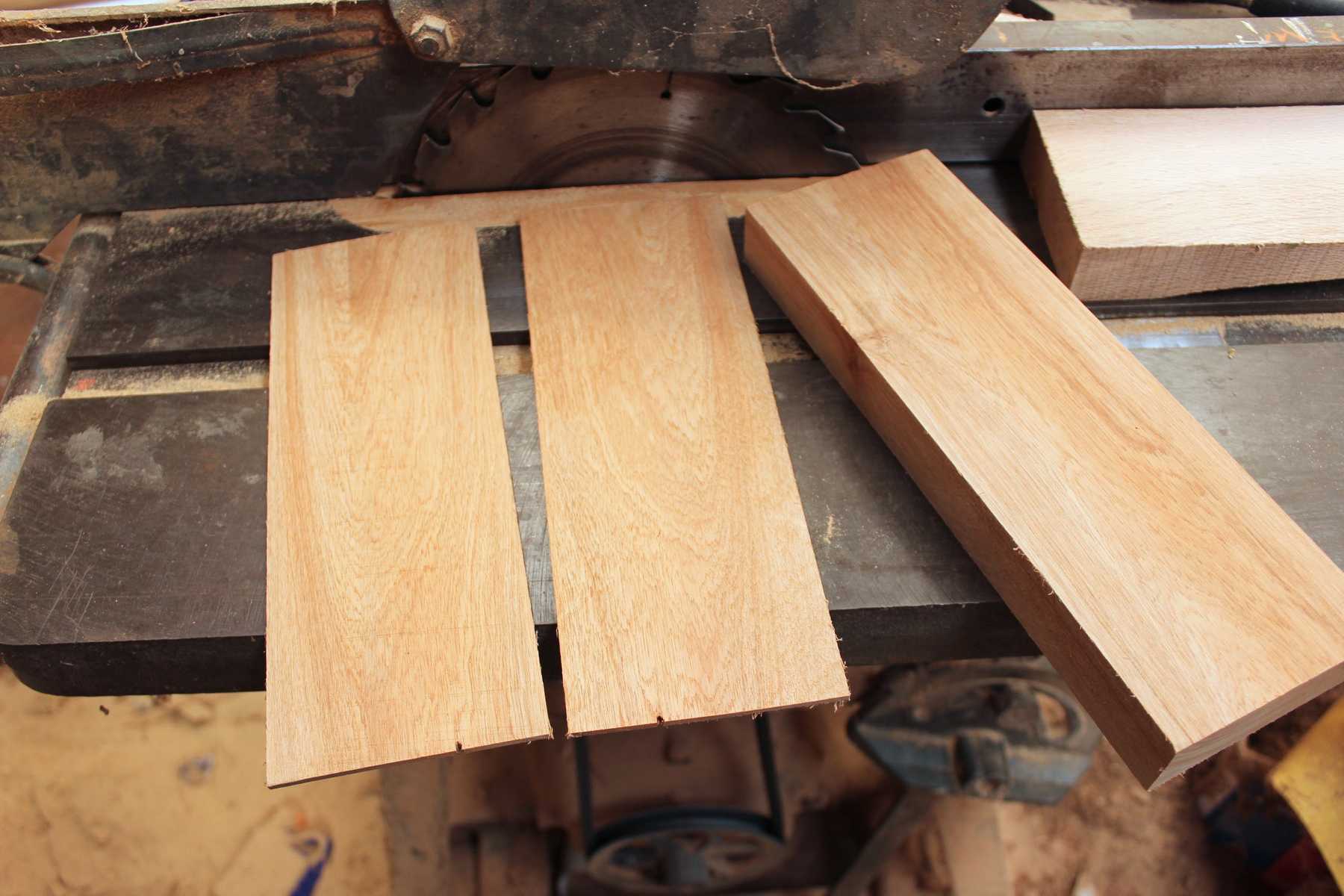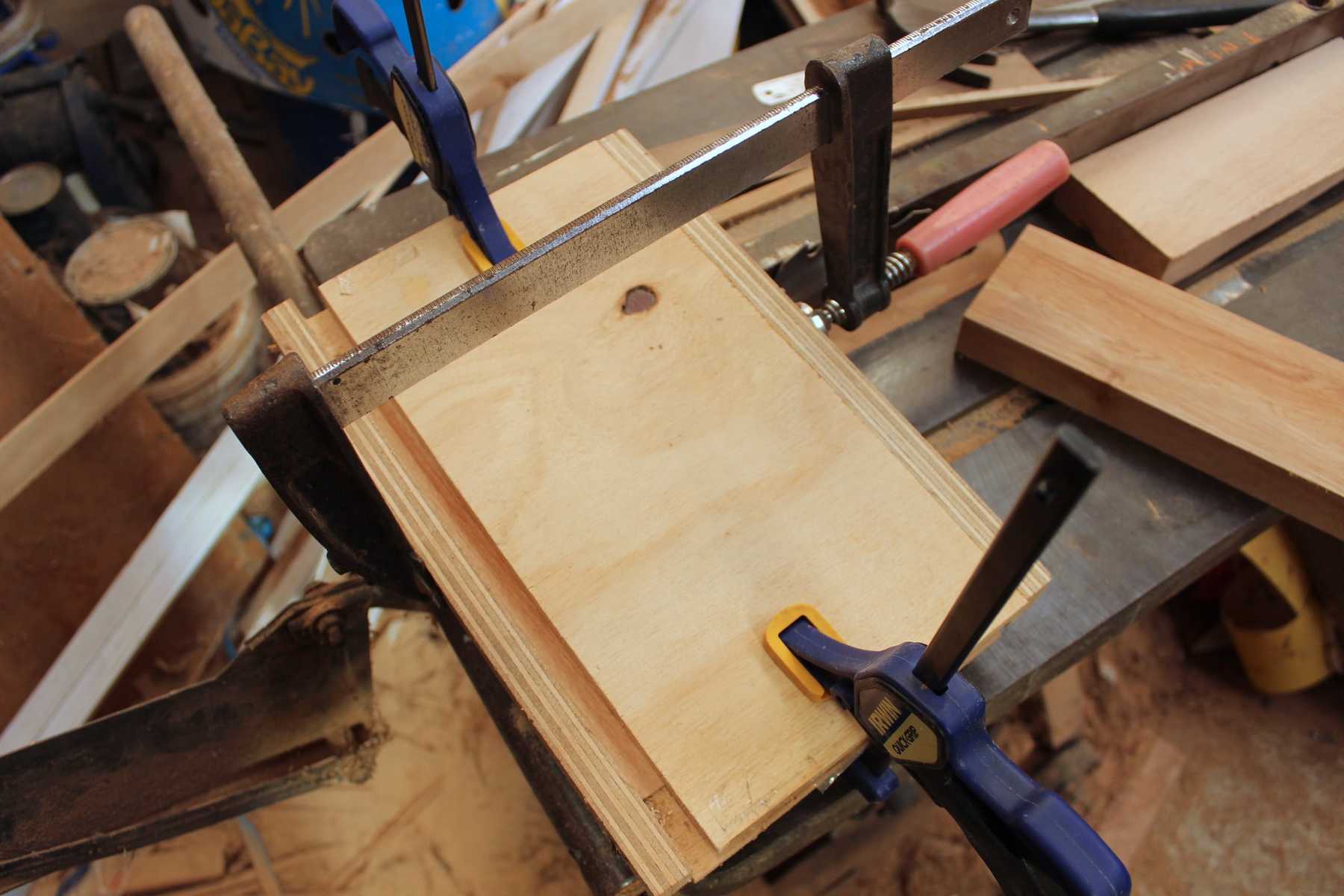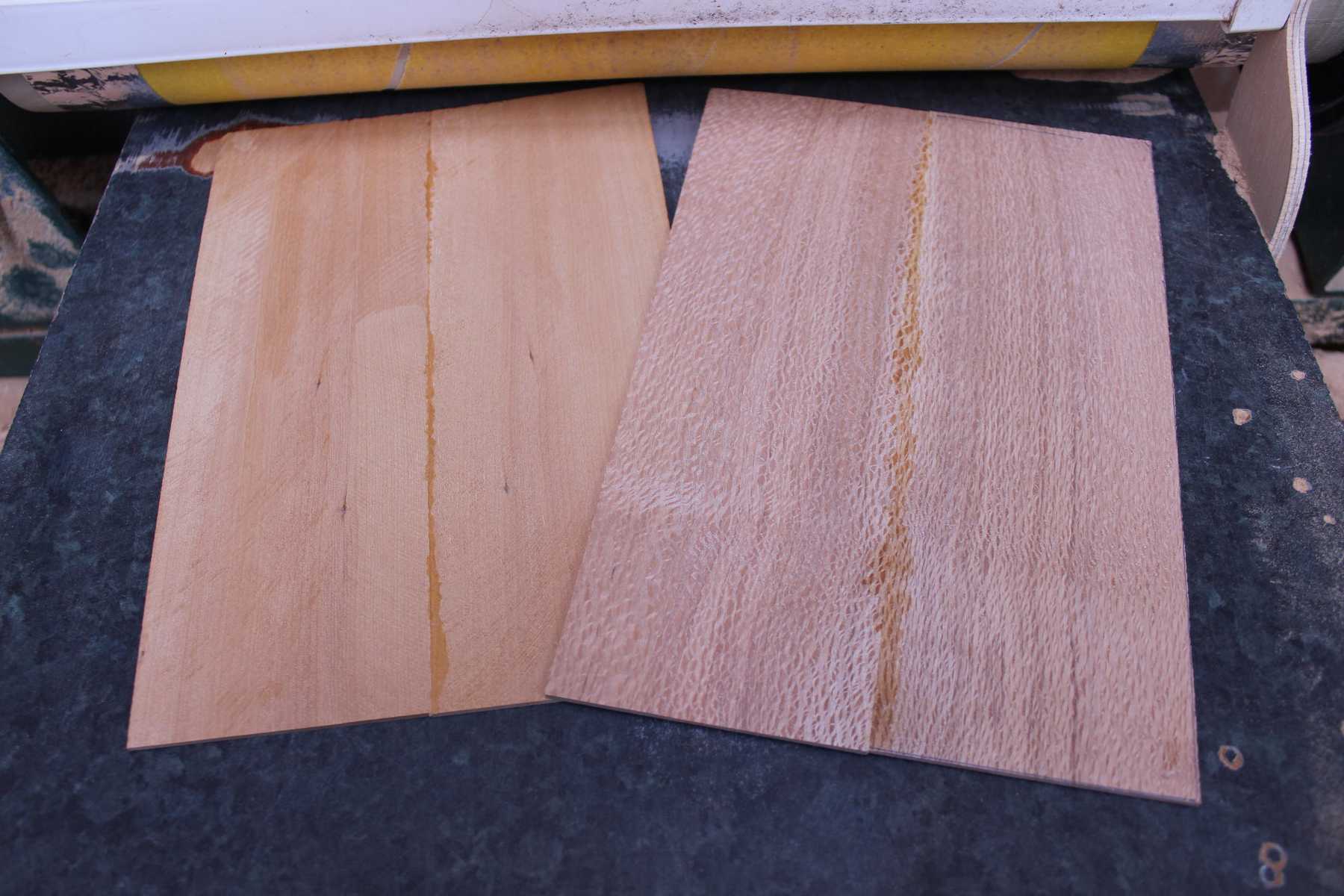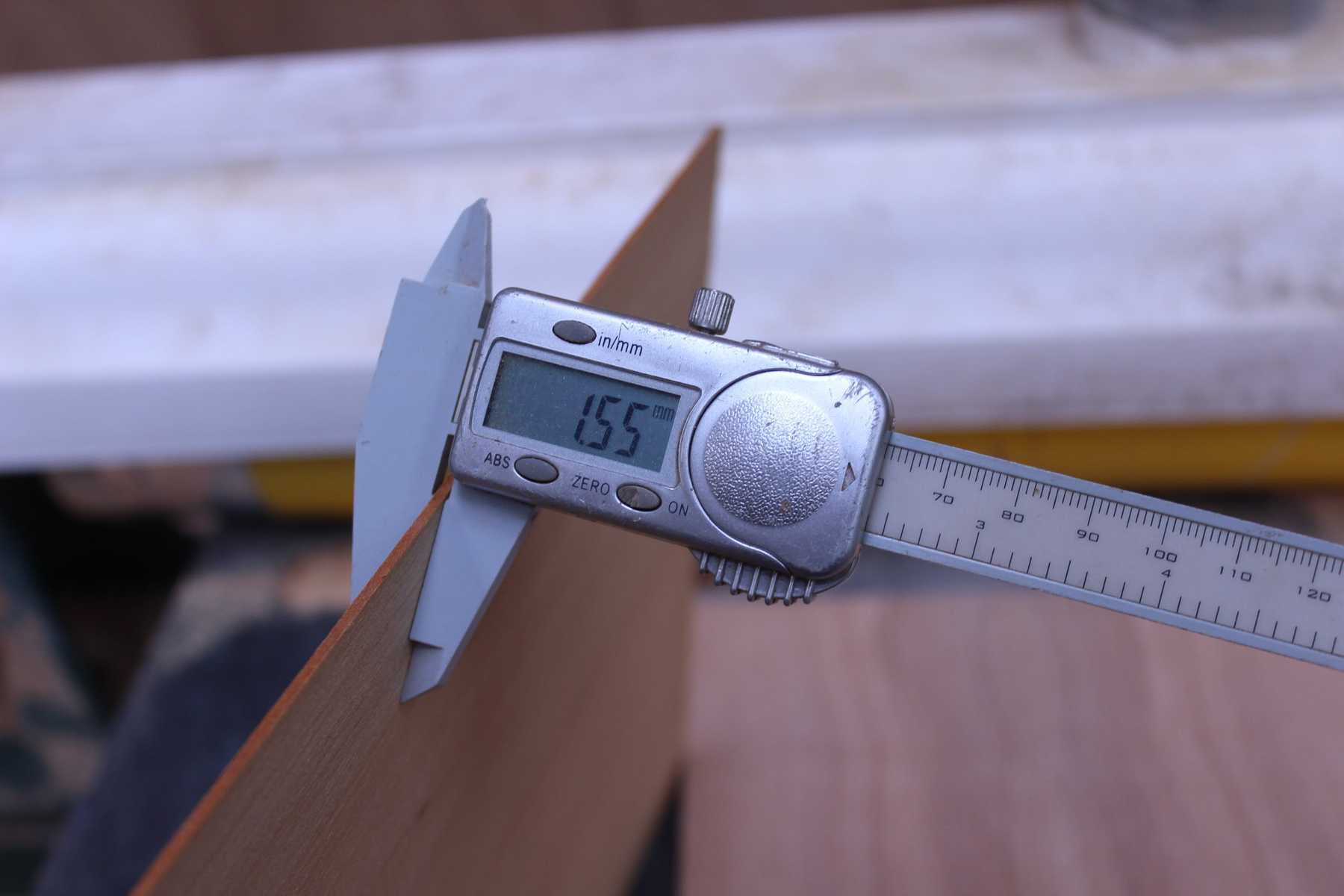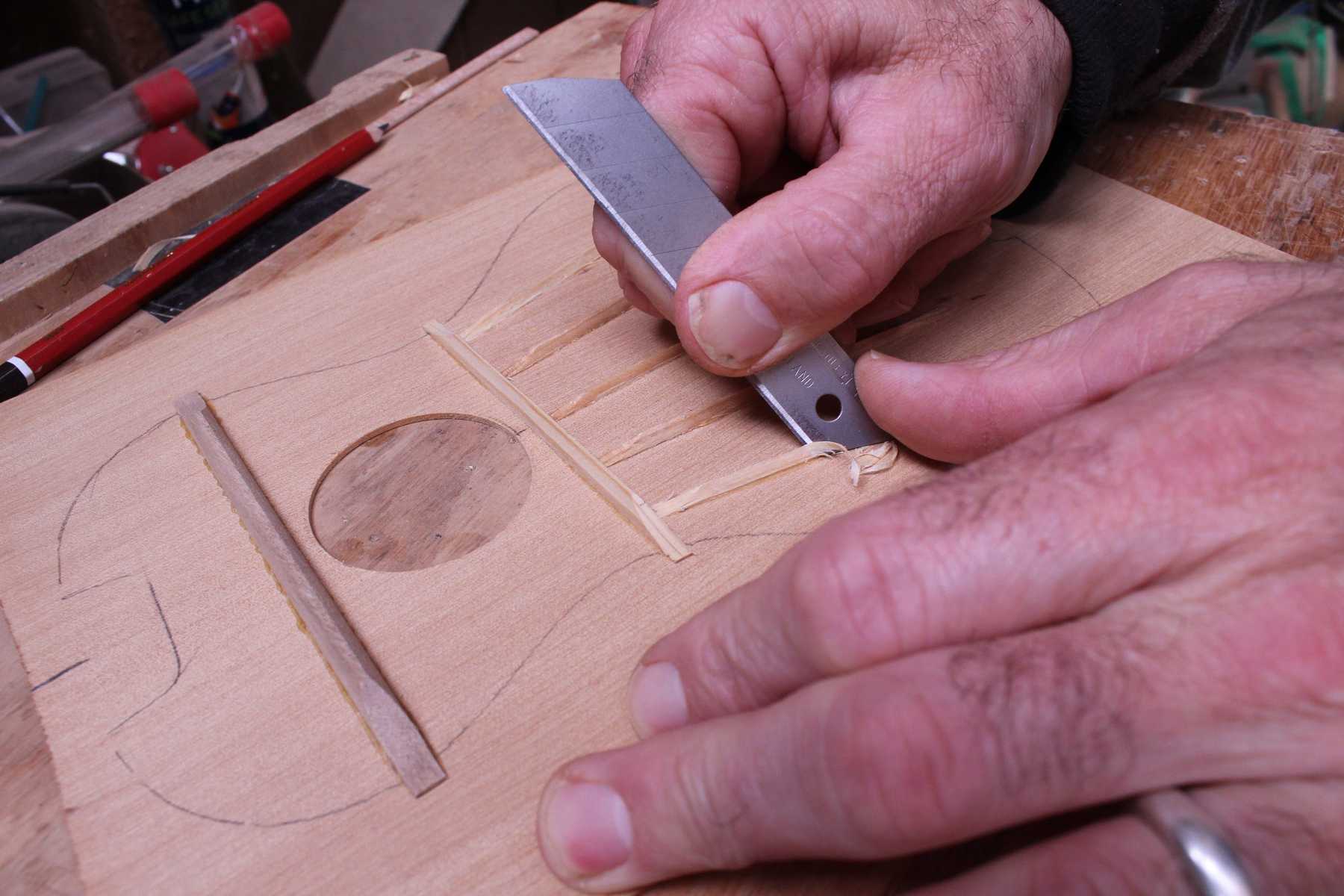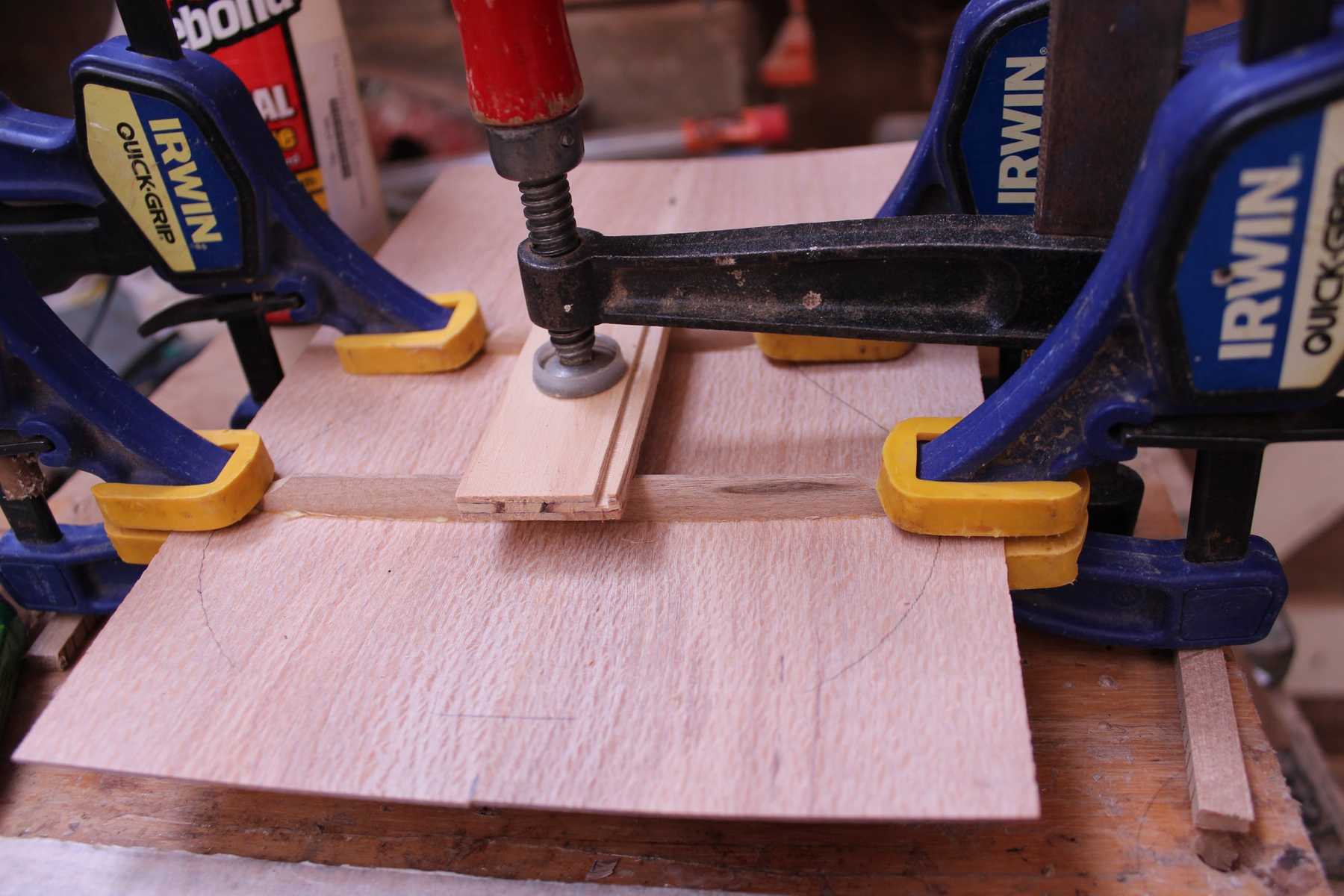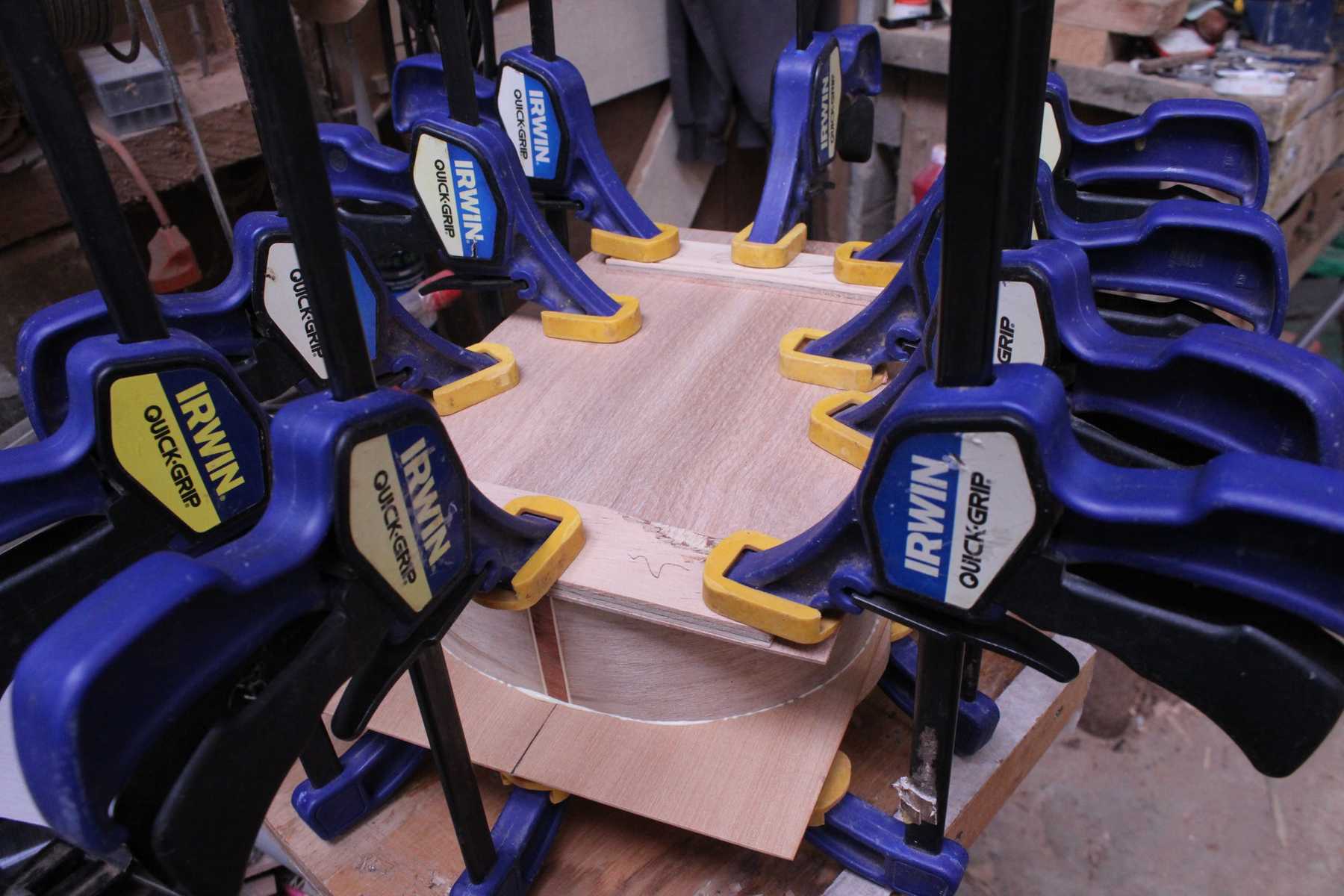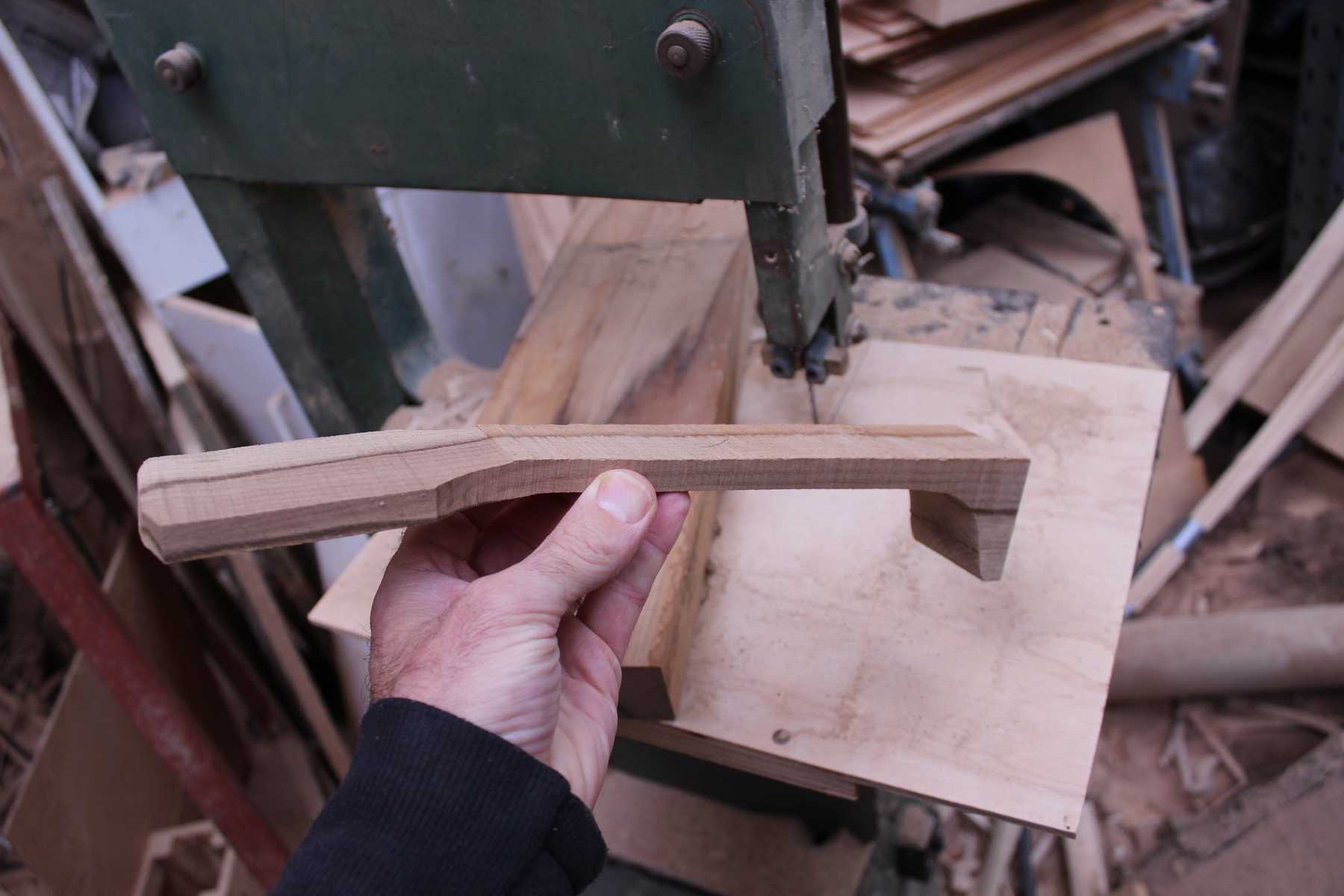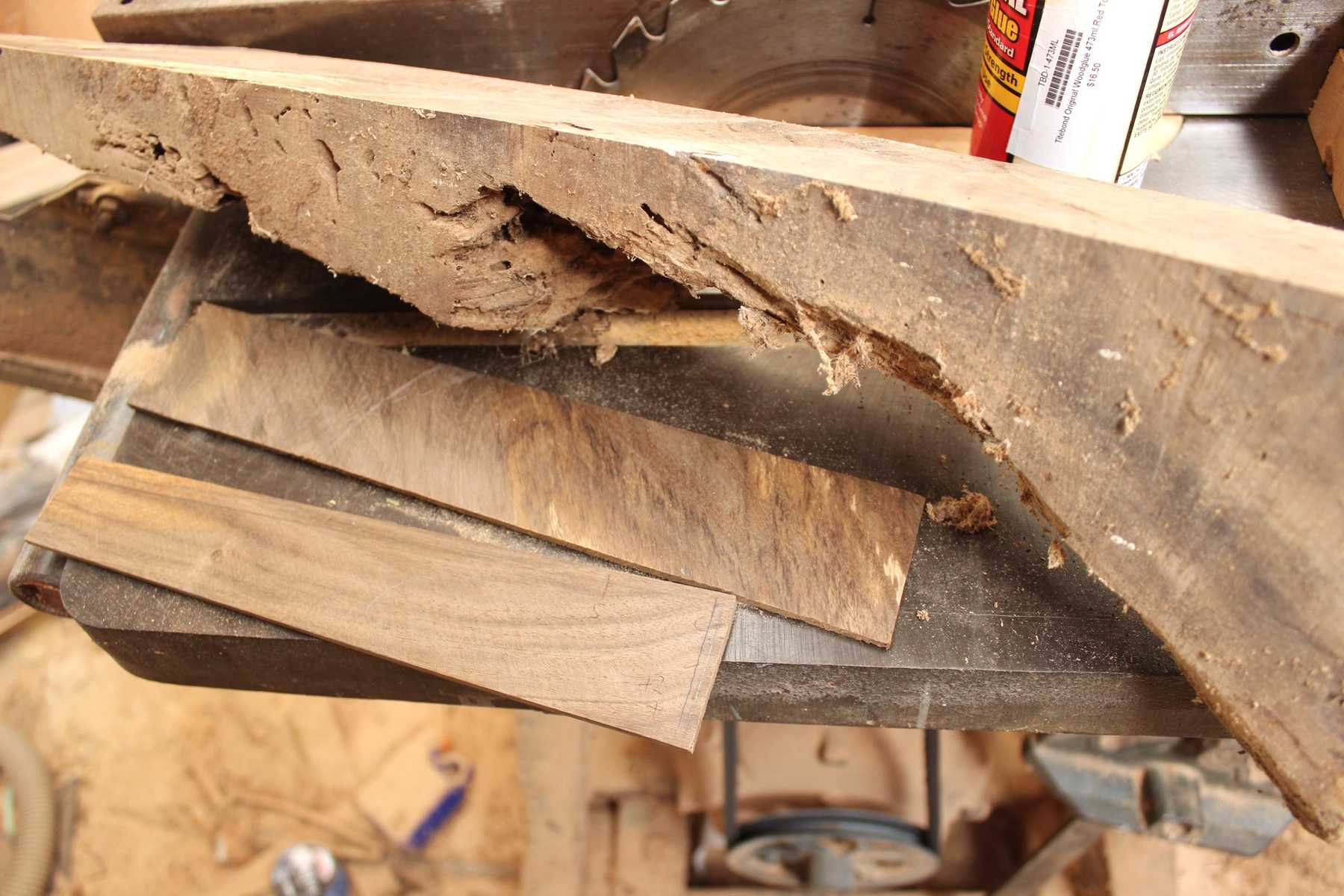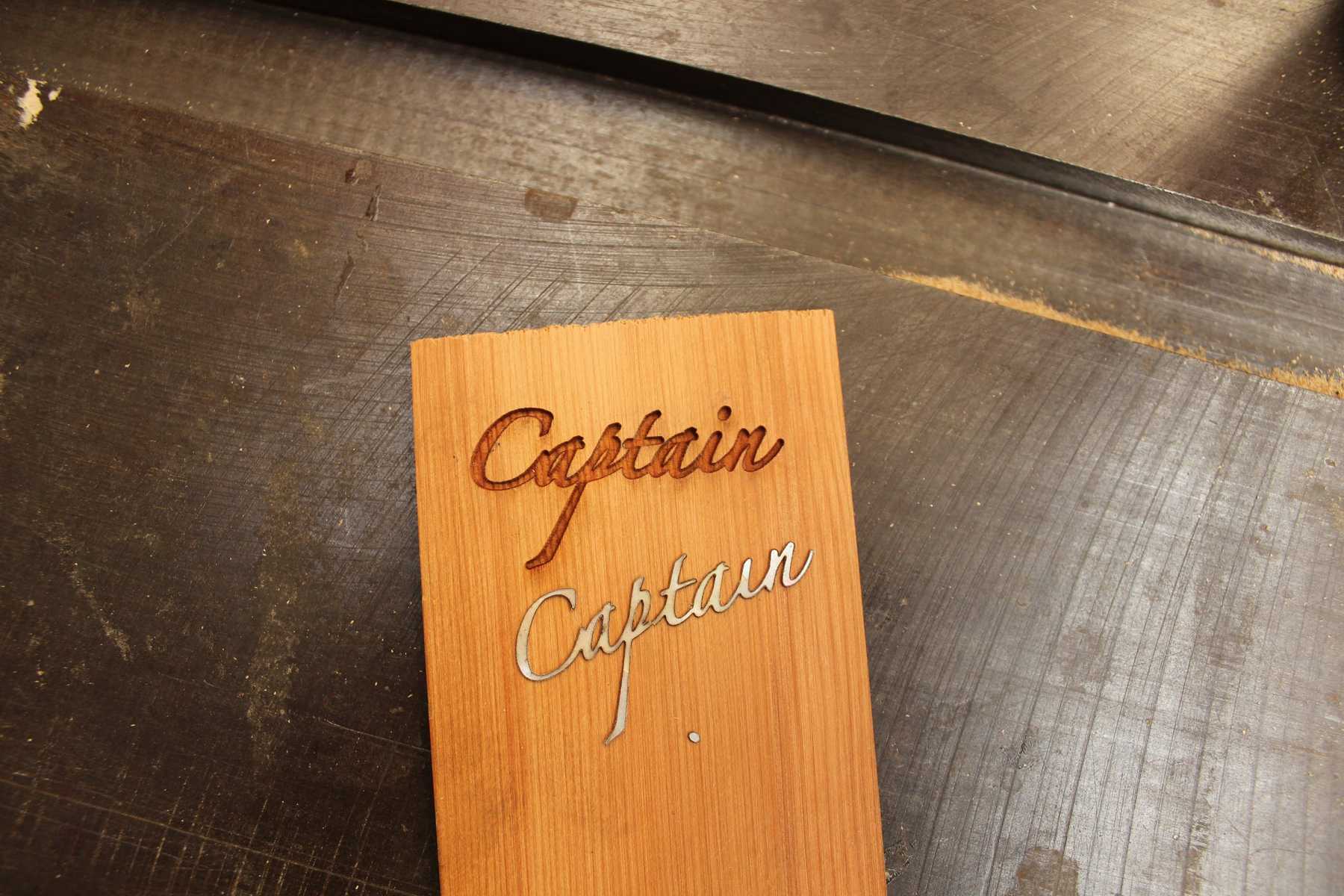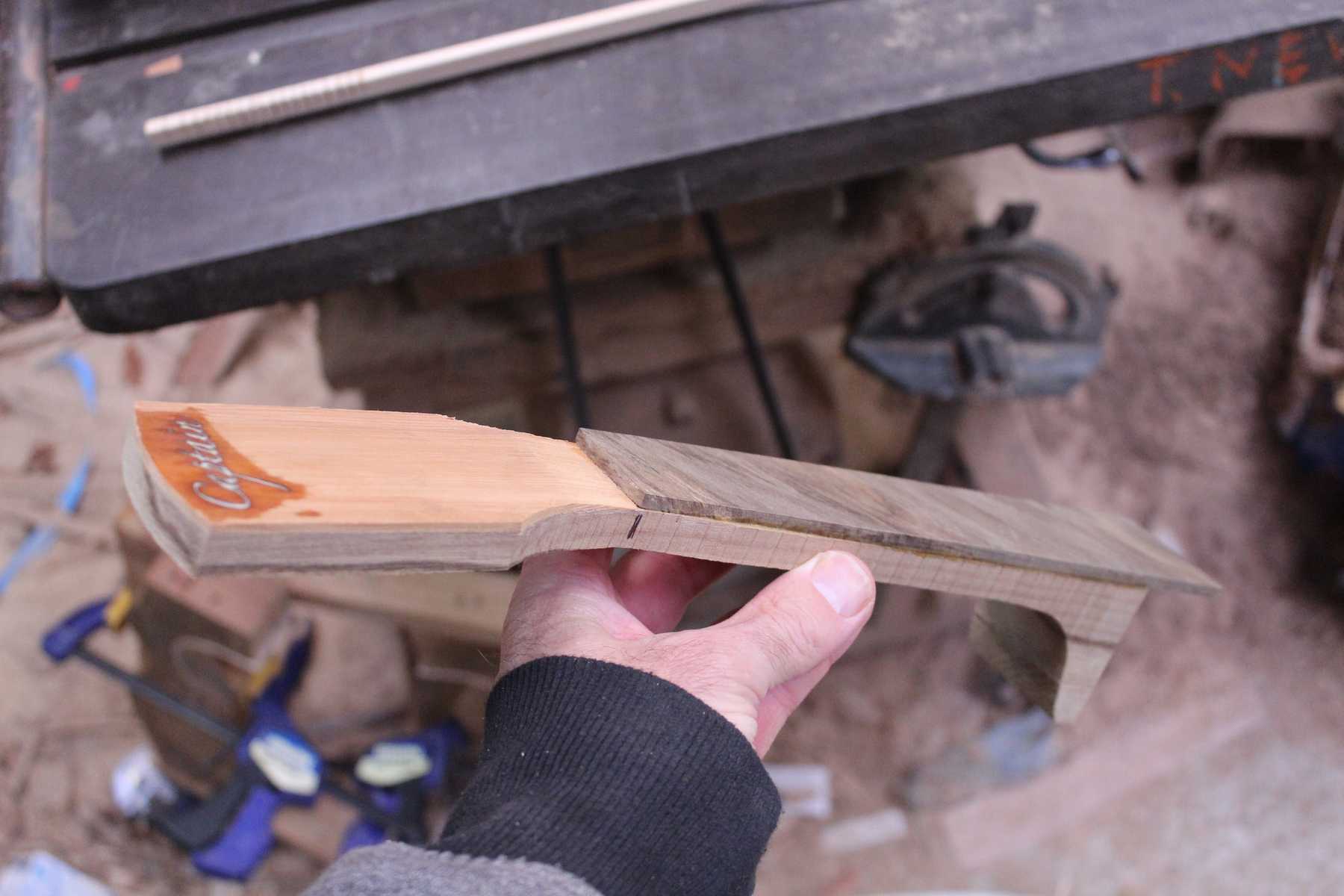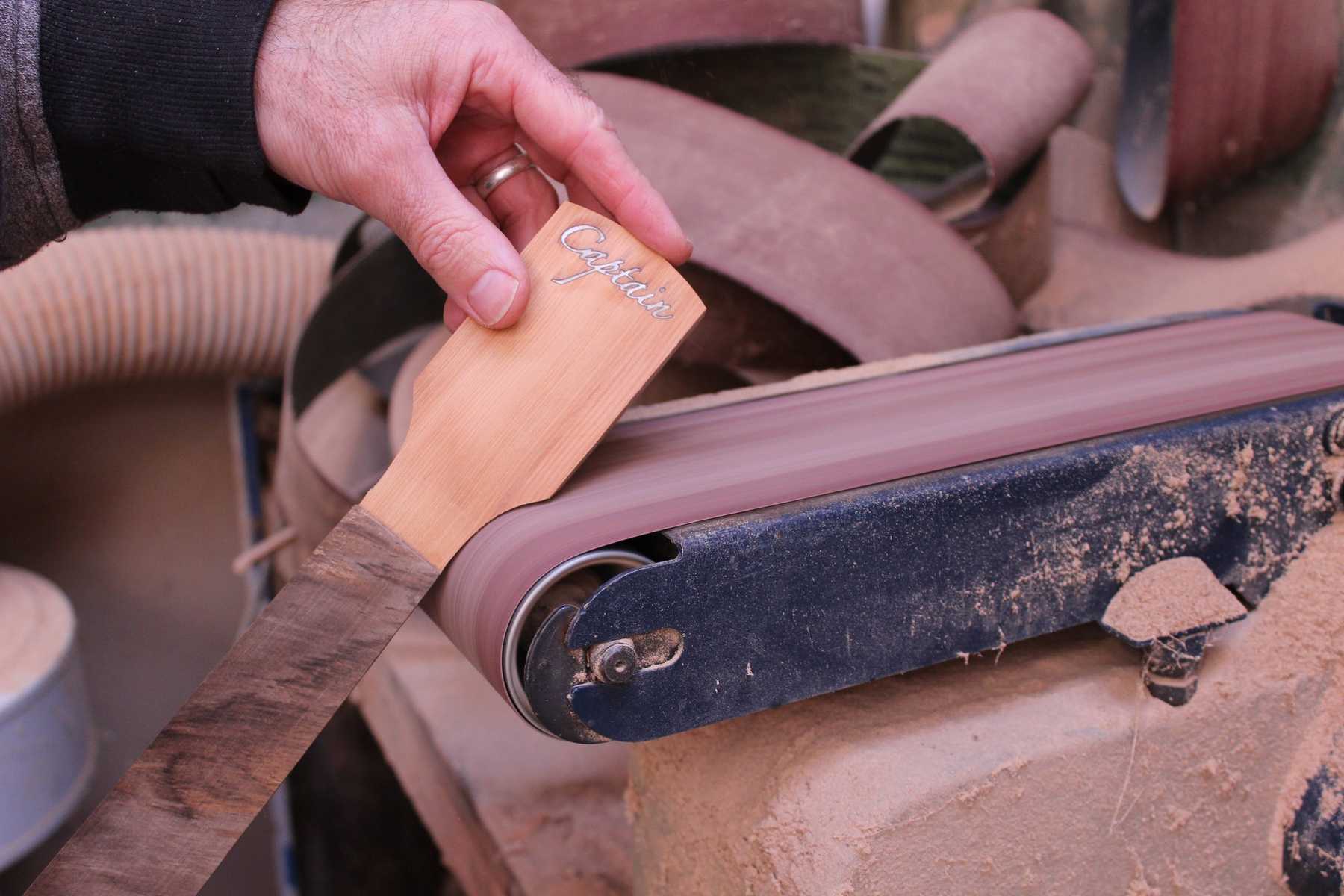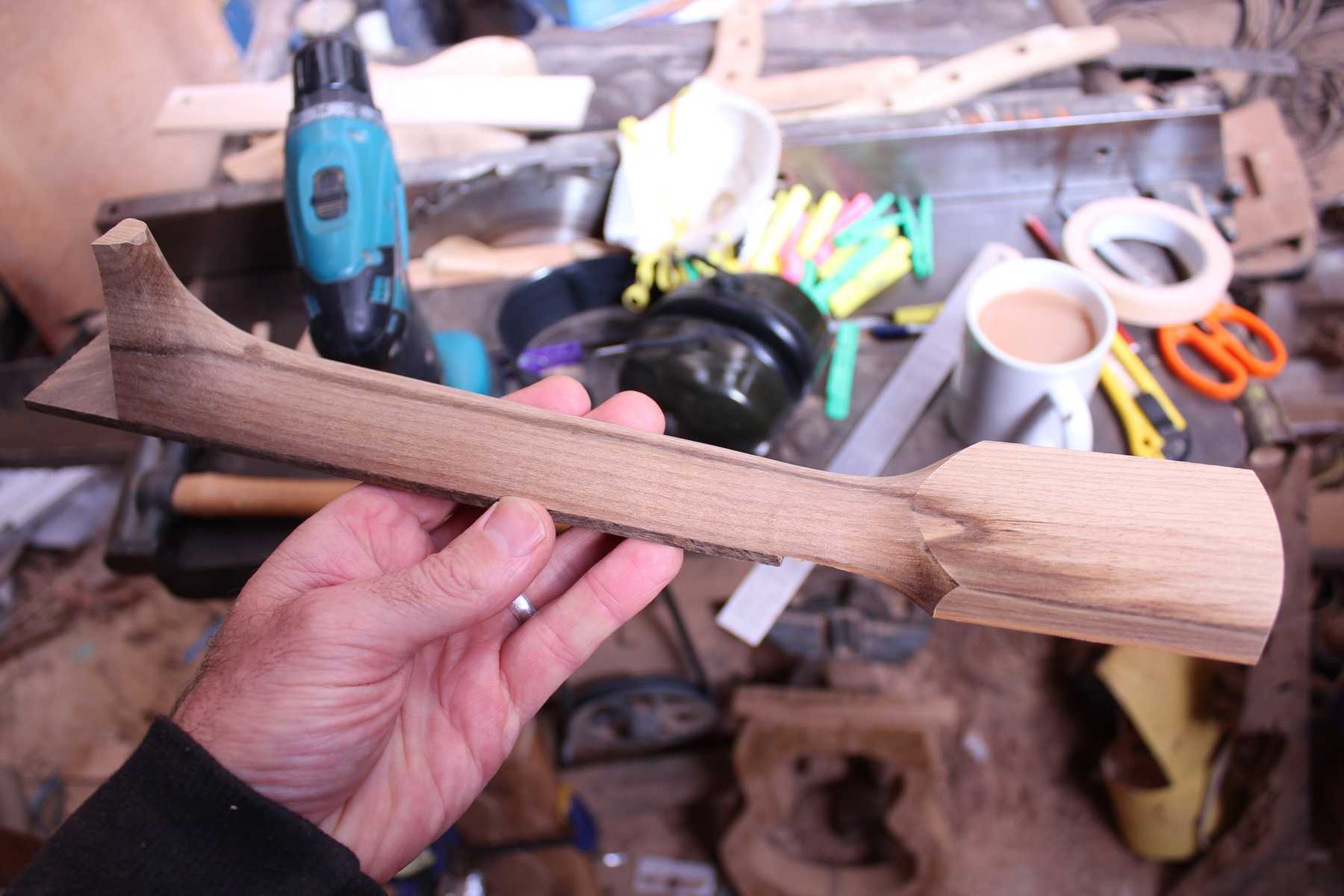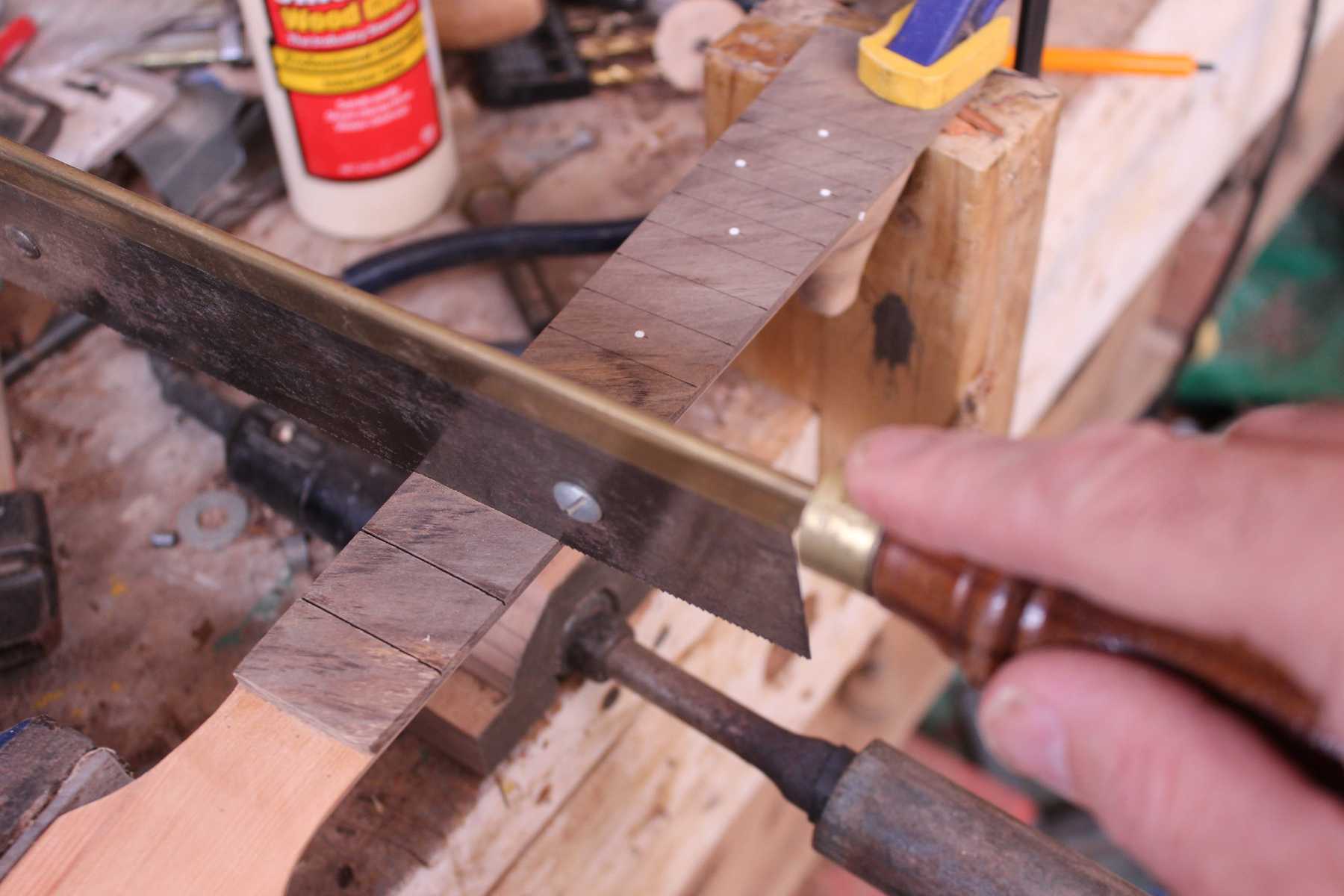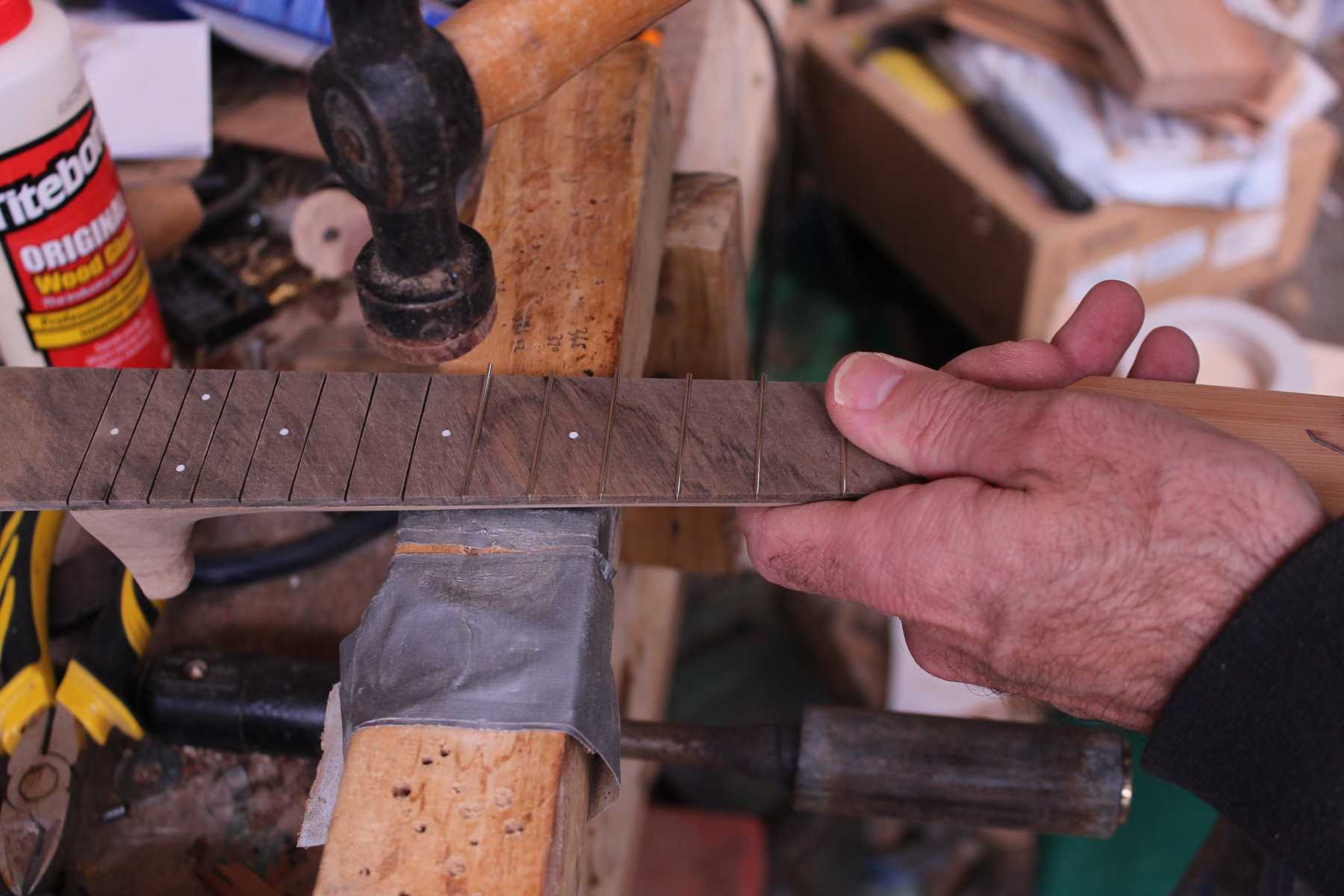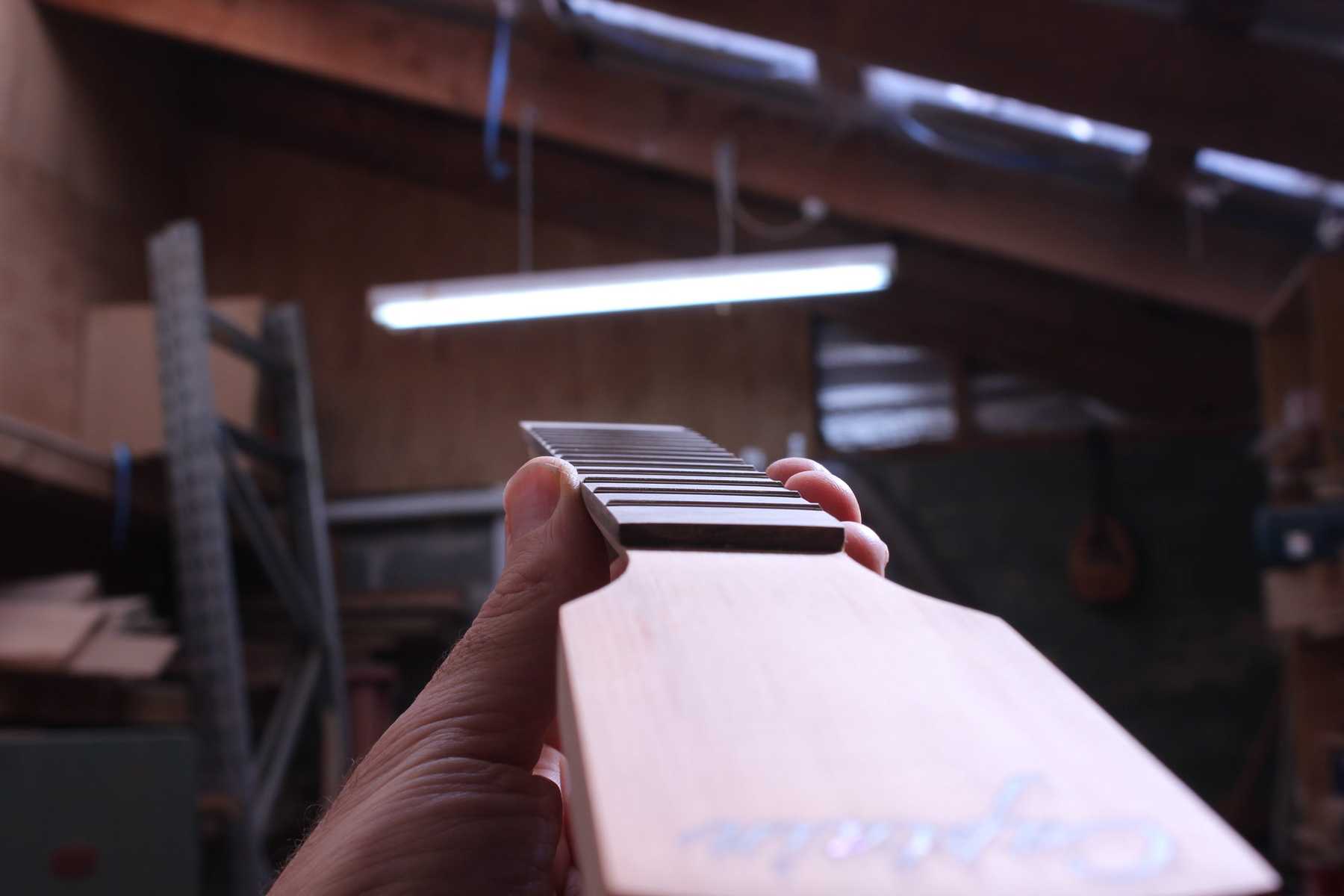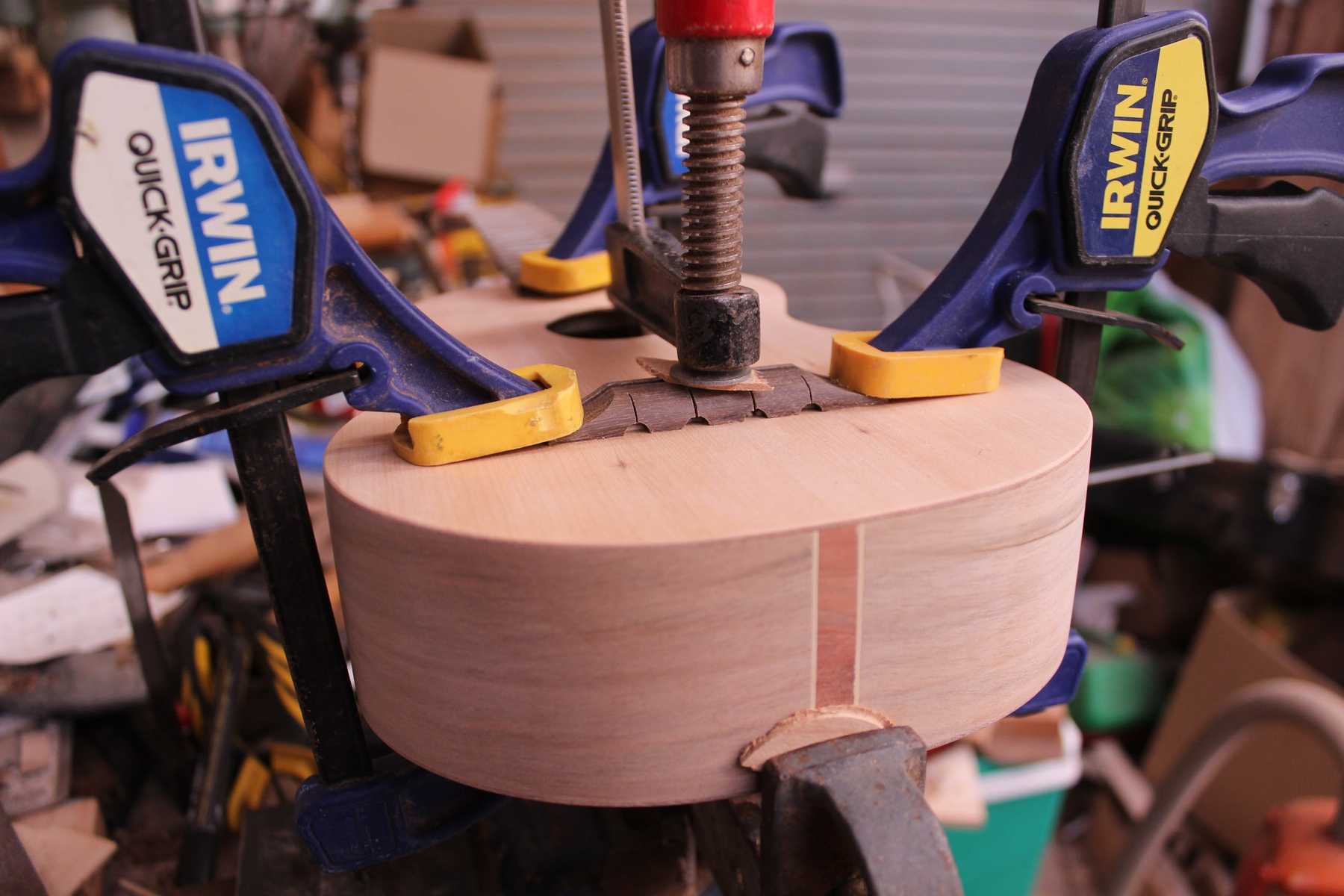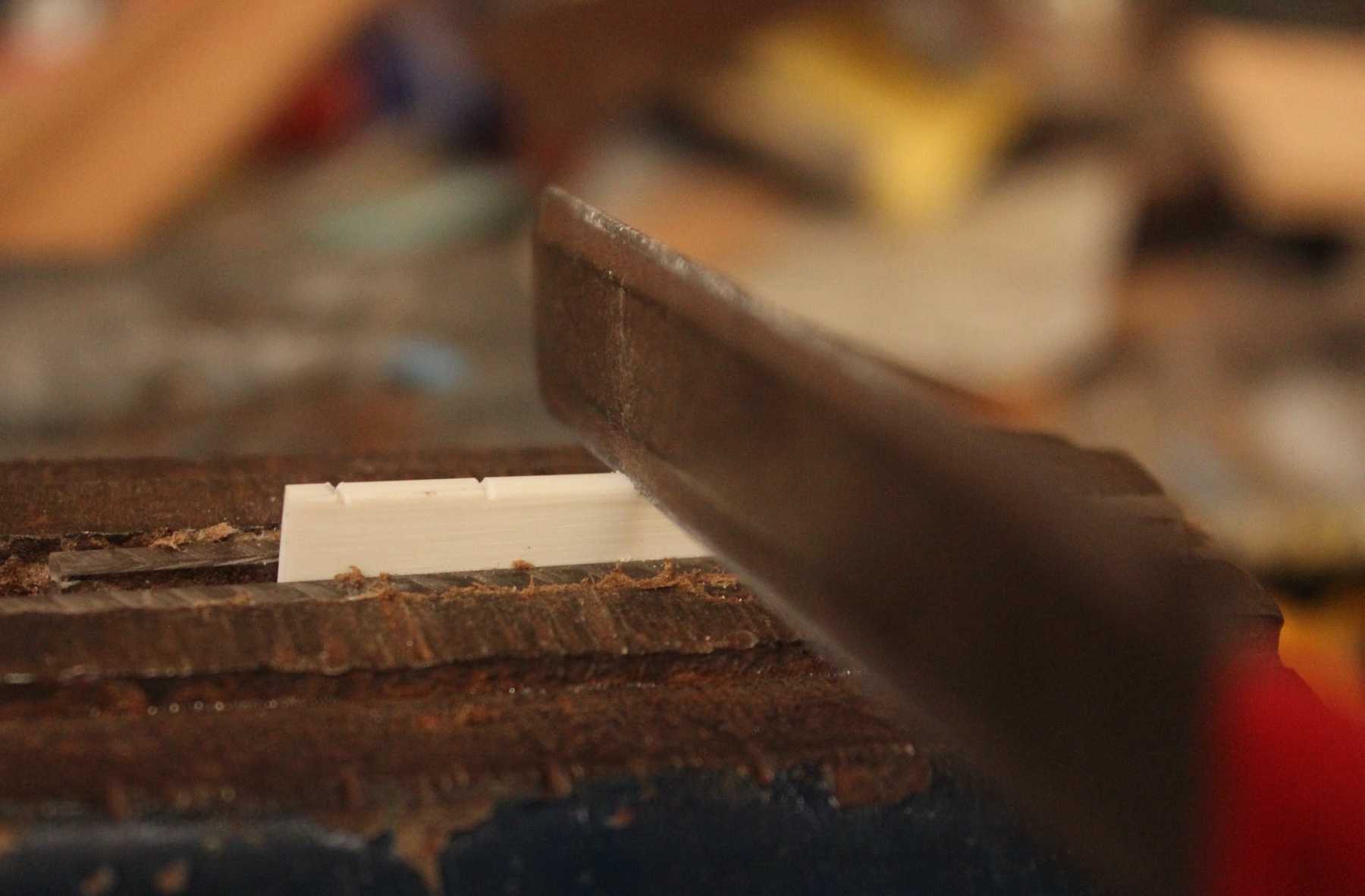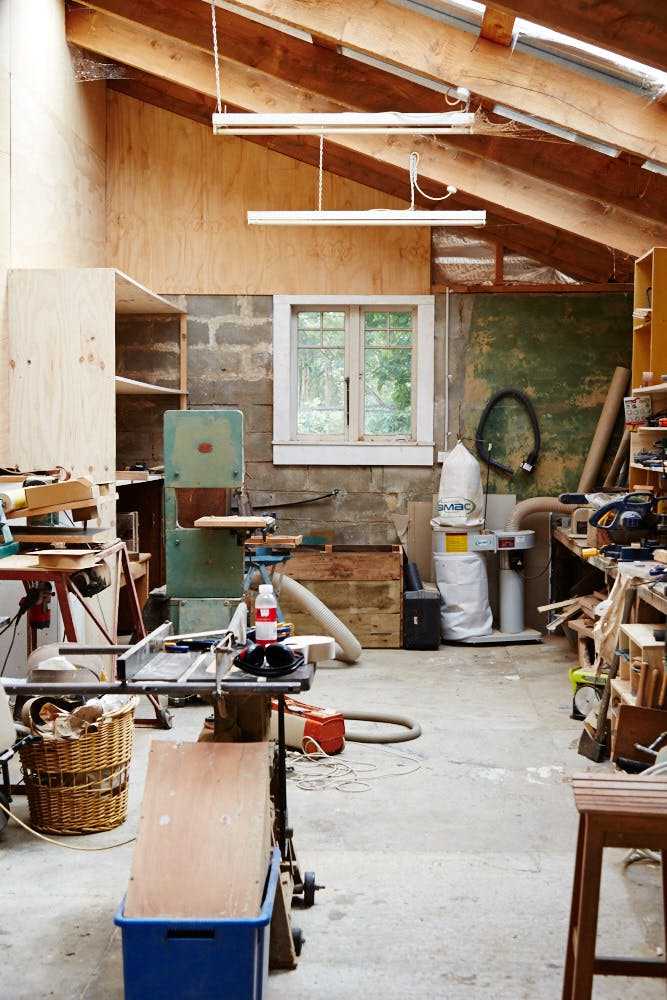The Process
Get wood, cut wood, glue wood, sand wood, oil wood. Voila.
1. Start with the sides
The Process
The sides are cut to roughly 1.8mm, endmatched, tapered along the lower edge, and soaked in hot water for an hour while the bending iron heats up.
2. Bending iron
The Process
This is an old soldering iron, with an offcut of galvanised water pipe added to increase diameter. It takes a minute or two to bend each side.
3. Side jig
The Process
Clamp it in the jig and leave it to dry.
4. 1+1=1
The Process
Trim the sides to length, and bring the two together, gluing in the neck and tail blocks.
5. Kerfing
The Process
The bandsaw with a simple depth stop makes a very effective kerfing cutter.
6. Gluing the kerfing
The Process
The kerfing can be shaped to suit, and held in place with pegs whilst gluing with Titebond.
7. Cutting tops and backs
The Process
All tops and backs are bookmatched to emphasise the grain patterns and features in the wood.
8. Joining
The Process
A simple jig to clamp the two-piece tops and backs.
9. Ready for thicknessing
The Process
Accurately controlling the thickness of the top is essential to get a good sound.
10. Thicknessed
The Process
Depending on the instrument, and the soundboard wood itself, the ideal thickness will vary a little.
11. Shaving the braces
The Process
The secret to a good sound is the type and shape of bracing. Shaving the braces down until the flex is just right. Too stiff and the ukulele will sound like all those factory made ones. Too flexible and you'll be sending the ukulele back for a new soundboard.
12. Back braces
The Process
These are curved, which along with the gently tapered sides, results in a slightly domed back - both aesthetically pleasing and stronger.
13. Assembling the body
The Process
These soft-jawed irwin clamps are perfect for the job.
14. Neck blank
The Process
Roughly cut out on the bandsaw
15. Fretboard
The Process
This hunk of Puriri looks a bit gnarly on the outside, but it's the perfect colour, density and workability for fretboards.
16. Engraving
The Process
The one part of the process that doesn't take part in the workshop. The rastering is done in town at Davy's Engravers.
17. Neck assembled
The Process
...and ready for shaping
18. Shaping
The Process
The trusty belt sander is a very useful tool for many things, and shaping necks is one of them. Start on 40g and end up on 120g, then it's off to the finishing sander.
19. Shaped
The Process
...and ready for a whole lot more sanding.
20. Cutting fret slots
The Process
No mitre box in this workshop! Just a good fretsaw and careful sawing.
21. Fretting
The Process
An old panel beating hammer with a wood face to gently bash the frets in.
22. Ready for dressing
The Process
Checking for level frets, and then each fret is dressed on the ends so it'll be nice to play.
23. Assembly
The Process
Titebond is used for all gluing. It's the 'original' red bottle, and is great to work with.
24. Nut slotting
The Process
The nut and saddle are made from corian. Using proprietary nut files is recommended, in order to get them perfect. Otherwise buzzing will result.
25. The workshop
The Process
Here is where it all happens. And if you think it looks like that now, you'd be mistaken. I haven't seen that floor in many years.
